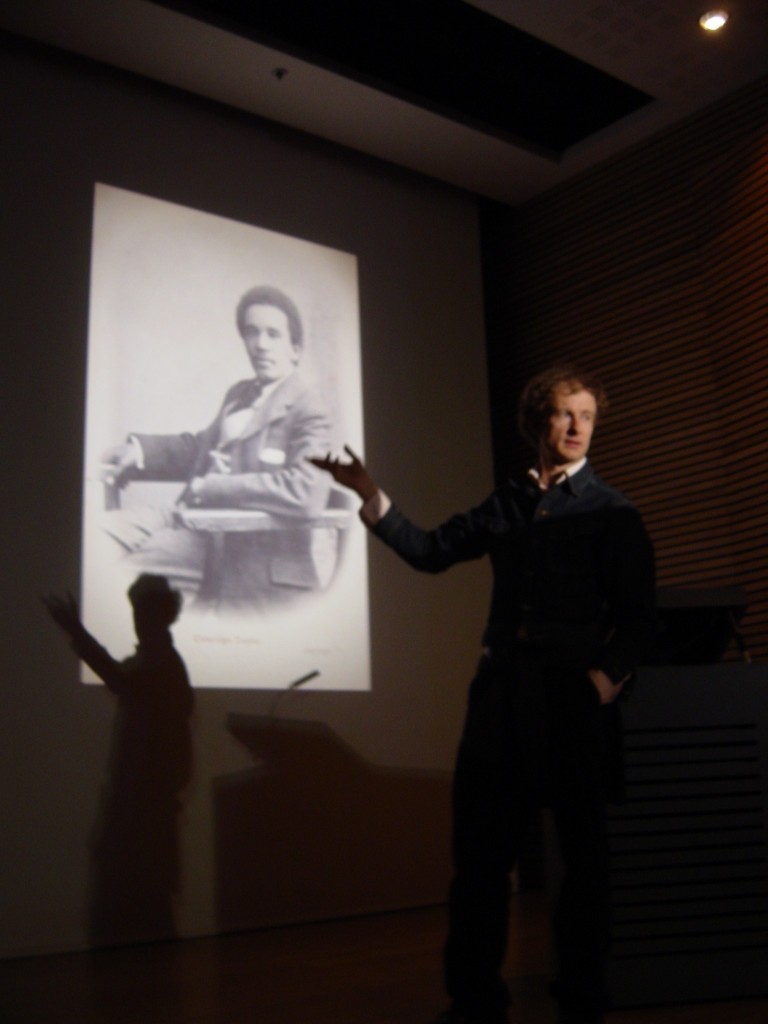Talks and tours
Guided Tours
Guided tours focusing on the portraits of your site are a great way of giving the visitors added value to their visit, gaining repeat visits and pick up new audiences. People almost always prefer another person telling them information to an audioguide or guidebook.
The main problem with guided tours is the cost in time. Training for and then giving a guided tour is time consuming, even if you have volunteers to do them. Guided tours should also be a regular feature to have any impact. They should be quality controlled for the accuracy of the information and delivery.
Short Talks
A short talk on a portrait or collection of portraiture lasting about 30 minutes is another good way of generating repeat audiences and giving added value. Such talks can be adaptable and put on again if demand requires it.
These talks can be an easier alternative to guided tours. People’s attention span in one or two places is generally about 30 minutes. It is worth making sure that portable chairs are available for older visitors and those with mobility problems.
Lectures
Lectures can be useful on a public programme and are often popular. They have the advantage that people can sit down, visuals are not limited to your collection and they can generate a discussion. High profile speakers and authors are good for generating interest.
It is important that the lecturers are good communicators and interesting to listen to. Try and get feedback on people’s style of delivery and reputation before asking them to speak.
A good example: Typecast: Flinders Petrie and Francis Galton exhibition at the Petrie Museum of Egyptian Archaeology March to December 2011

Terracotta head marked ‘Hebrew’ by Flinders Petrie, UC No.UC33278.
© Petrie Museum of Egyptian Archaeology, UCL
In 1886 Francis Galton commissioned Flinders Petrie to take photographs of different ‘racial types’ on monuments from Ancient Egypt. This was part of Galton’s research into human and racial difference as well as a lifelong friendship and influence between Galton and Petrie. This exhibition displayed some of these ‘portraits’ and explores their contentious legacies in the Petrie Museum’s collection, examining and inviting comment on Galton, Petrie and the impact of racial theory on archaeology.
A public programme of activities was planned around the exhibition in response to audience interest and visitor feedback on a comments board and an iPad in the first three months of the exhibition. Audience interest in restitution of antiquities, how race defined the face and ideals of beauty, the nineteenth-century social context and the impact of eugenics in Britain meant that a range of talks and discussions were organised, including:
- Sally-Ann Ashton speaking on racism and Egyptology and the tray of ‘racial type’ terracottas.
- Natasha McEnroe speaking on Florence Nightingale’s social ideas.
- A discussion on the ethics of archives.
- A talk by Subhadras Das on the Petrie collection, cultural heritage and ownership.

